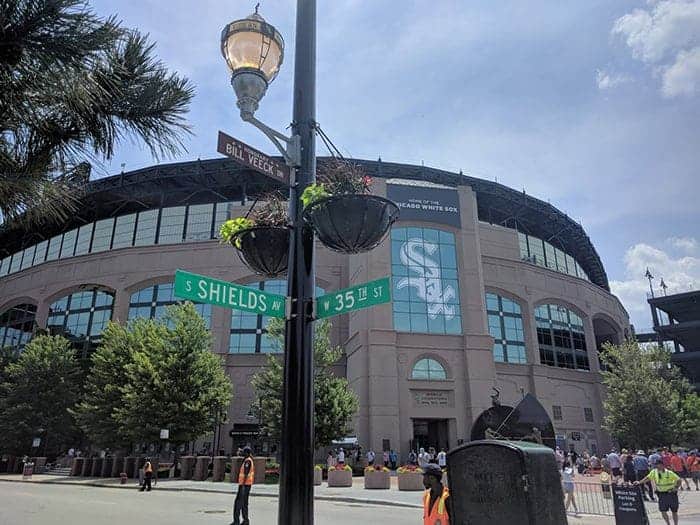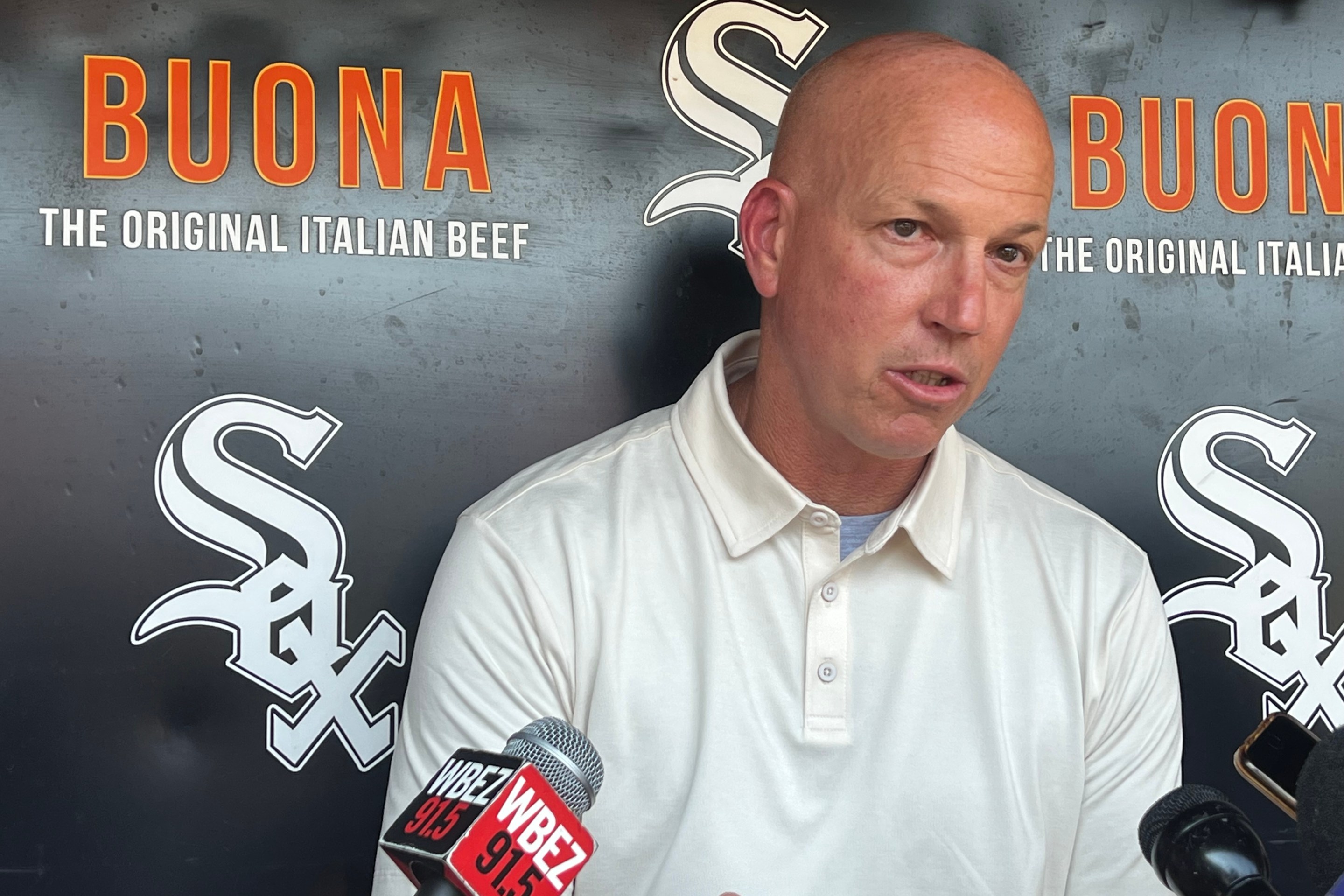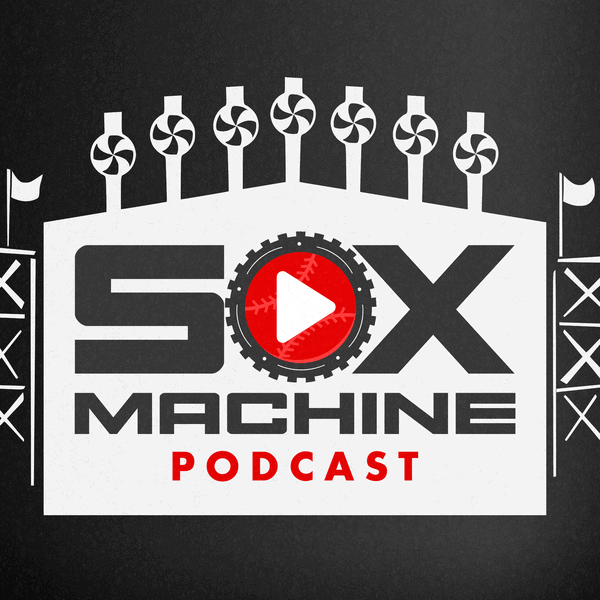The 2019 season was already going to be alien enough without Hawk Harrelson in the booth at any point for the first time since the 1980s.
Now it's going to be weird when somebody besides Herm Schneider ambles out of the White Sox dugout to check on a limping player.
The White Sox announced Schneider's retirement on Monday after 40 years on the job. Being that it's the White Sox, they didn't frame it as retirement, but instead a shift to a new role: head athletic trainer emeritus.
Then again, Schneider's career is a testament to the benefits of Jerry Reinsdorf's loyalty.
Schneider had been with the Sox before Reinsdorf and Eddie Einhorn bought the team, working his first season in 1979 after spending two years with the Yankees. Forty years later, he's turning over the position to somebody new:
“I’ve seen how things are changing a little bit and I felt like it was just the right time to not step back, but step aside a little bit and work alongside some other people and let them have their way in doing things the way they would like to do them,” said Schneider, who said he began contemplating stepping aside at the All-Star break. “I waited until after the season to see if my feelings were just about whether I was a little tired or maybe a little worn down from the season. My feelings didn’t change. When my contract was up, I never really said much of anything to anybody. When I went in to see Kenny (Williams) and Rick (Hahn), my feelings were there. I just kind of told them how I’d like to proceed with my career.”
Predating Reinsdorf is one of the ways we know Schneider has been around for the long time. The fact that fans can list off his biggest triumphs without reading the press release -- Robin Ventura, Ozzie Guillen, Bo Jackson, Greg Walker, Jake Peavy, Danny Farquhar -- is another.
(One specific to my childhood: When I was little, my dad would call himself "Herb Schlemlock" whenever he had to check on a sports injury. That was three decades ago.)
Schneider's body of work showed he deserved to stay, but he could've easily been the victim of a change for change's sake or a front office overhaul at some point over four decades. The Sox kept him firmly entrenched and have benefited immensely.
The timing is right in one regard. While the Sox have long held the title for fewest days lost to the DL since the 2002 season, they've slipped to the middle of the pack over the last several years. Coming into 2018, they set franchise highs in days missed in four of the last five seasons, although they returned to top 10 territory in 2018.
The uptick in days missed isn't necessarily the fault of the training staff. Average is to be expected when it comes to health, and that's more or less where they are now. You can't take away from the Sox how long they outran bad luck, and it provided a tremendous amount of value.
However it happened, it's fair to say the Sox can't count on avoiding injury better than anybody else, which is one of the things they relied on to beat ho-hum projections before. They kinda used the training room as a crutch, but now they're working harder at accumulating depth, which is a healthier approach in the big picture.
Schneider turning over the operations to somebody else underscores the need for reinforcements. If there's a benefit to the Sox' recent mortality, it won't be impossible to fill his shoes. It'll just be very, very, very, very dificult.
He'll still be around in some capacity for trainer's wheels. The White Sox described his role thusly:
In his new role, Schneider will remain actively engaged with the baseball operations department as an advisor on medical issues relating to free agency, the amateur draft and player acquisition, while continuing to be a resource throughout the training department at the major and minor league levels.
But he also stressed that if he spent much time in the locker room or dugout, it would soon turn awkward for the new hierarchy. Besides, he wants to have a summer weekend off for the first time in 40 years, and the guy deserves a break.






